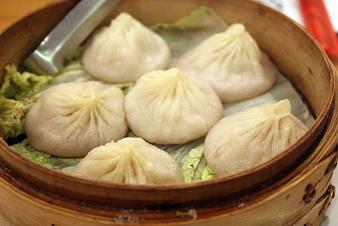 The time was the late 1980’s. I was in college, and on a visit back home to my parent’s house on Long Island. My mom insisted we needed to go to a restaurant in Flushing, NY. I groaned, since it was at least an hour drive to Flushing from our home on the eastern end of Long Island. Flushing, in case you didn’t know, is the real Chinatown of New York City. Tourists go to Chinatown. Anyone looking for real Chinese food makes the trek out to Flushing. My family discovered Flushing early on and my uncle and two aunts bought a house together there in the early 1980’s.
The time was the late 1980’s. I was in college, and on a visit back home to my parent’s house on Long Island. My mom insisted we needed to go to a restaurant in Flushing, NY. I groaned, since it was at least an hour drive to Flushing from our home on the eastern end of Long Island. Flushing, in case you didn’t know, is the real Chinatown of New York City. Tourists go to Chinatown. Anyone looking for real Chinese food makes the trek out to Flushing. My family discovered Flushing early on and my uncle and two aunts bought a house together there in the early 1980’s.
The restaurant my mom wanted to take me to specialized in Xiao Long Bao, also known as Shanghai Dumplings. Shanghai’s most famous dumpling roughly translates to “small soup purse.” These delicate dumplings have a paper-thin wrapper and are filled with minced pork and soup. It was a new restaurant and it was a first, as there weren’t any other restaurants we were aware of that served this delicacy. I was prodded to go, and in the end boy was I glad I went.
Xiao Long Bao are served piping hot in a bamboo steamer. You pick one up and place it on your chinese spoon, place a slice of ginger and touch of soy sauce on top and place the dumpling whole in your mouth. The idea is to savor all of the different textures and tastes all at once, including the surprise piping hot soup. If you take a bite out of the dumpling, you’ll end up losing the soup, one of the best parts of the dumpling.
We went back to this restaurant many times through the years, and I never complained about the drive again. I moved out to the San Francisco Bay Area in 1990, and didn’t find a restaurant here that served Xiao Long Bao, until right after the Millennium. Since then many restaurants have started to offer Xiao Long Bao, but as with any food, there are good examples and poor examples. I’ve had some restaurants serve Xiao Long Bao that didn’t have any soup, the component that I feel makes Xiao Long Bao, Xiao Long Bao.
In Flushing you can find Xiao Long Bao at Nan Xiang Xiao Long Bao and at Joe’s Shanghai Restaurant. Unfortunately I don’t think the restaurant my mom took me to in the 1980’s exists anymore. In the SF Bay Area, you can find Xiao Long Bao at Hu Chiang Dumpling House and at Shanghai Dumplings. Of course, if you’re actually in Shanghai, that’s the place to have some Xiao Long Bao.

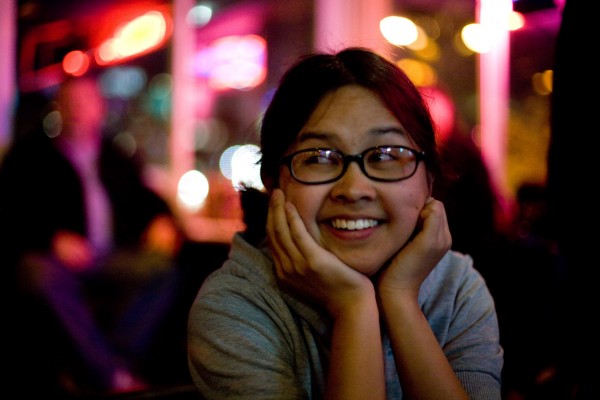 I wrote about musician/comedian/artist Charlyne Yi’s new mockumentary,
I wrote about musician/comedian/artist Charlyne Yi’s new mockumentary, 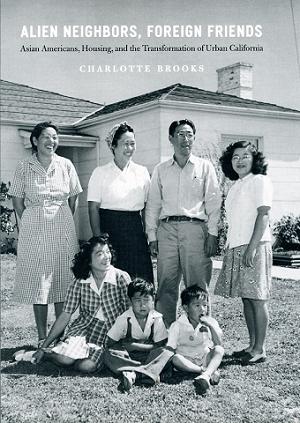 The progression of rights for Asian Americans in California has had more change in the last 100 years than most people realize.
The progression of rights for Asian Americans in California has had more change in the last 100 years than most people realize. 
 A new study finds that more than
A new study finds that more than 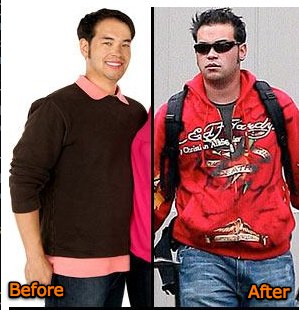 I was really going to refrain from saying anything out loud about Jon Gosselin, the half Korean father from TLC’s reality show
I was really going to refrain from saying anything out loud about Jon Gosselin, the half Korean father from TLC’s reality show 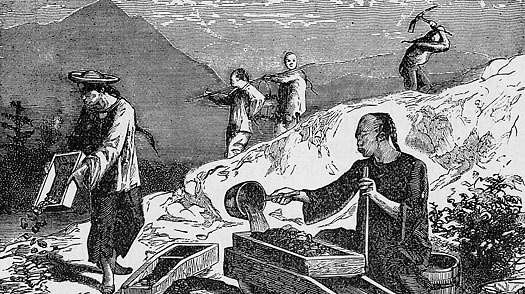 Back in June, I had blogged about California State Assembly Member
Back in June, I had blogged about California State Assembly Member 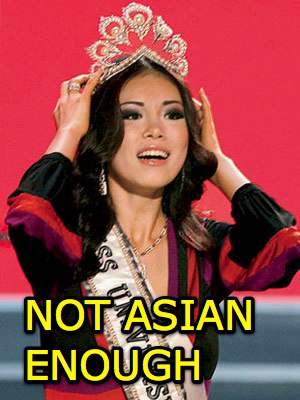 Back in 1997, when I first met my most recent ex, one of the biggest trends among queer Asian men in SF was bleaching one’s hair blond. Lest it be seen as a knee-jerk reaction to queer people of color wanting to be white to be more accepted by queer white people
Back in 1997, when I first met my most recent ex, one of the biggest trends among queer Asian men in SF was bleaching one’s hair blond. Lest it be seen as a knee-jerk reaction to queer people of color wanting to be white to be more accepted by queer white people 






